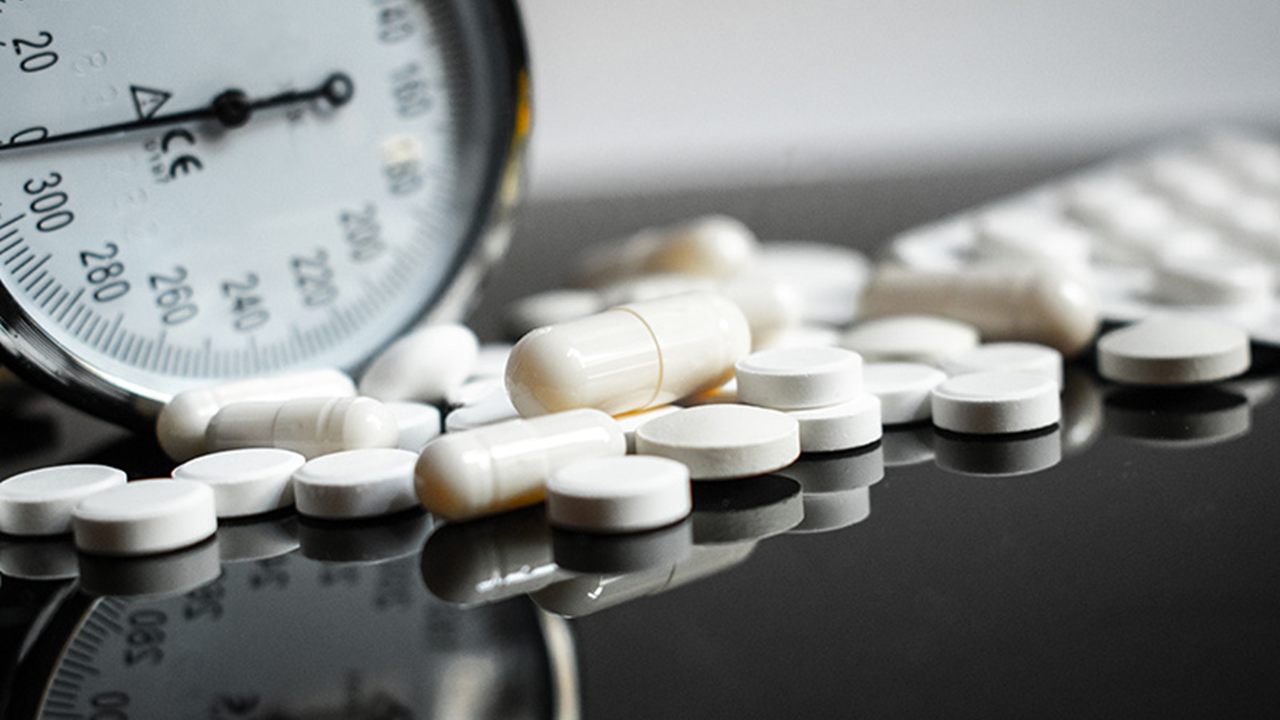Gut Dysbiosis in Irritable Bowel Syndrome
Over the past decade, the role of the gut microbiota in IBS has attracted significant interest from the scientific community. Recent studies have highlighted a strong correlation between dysbiosis and the pathogenesis of IBS. Evidence shows a reduction in microbial diversity and stability, as well as distinct microbial alterations associated with each IBS subtype.
Irritable Bowel Syndrome (IBS)
IBS is a chronic functional gastrointestinal disorder characterized by abdominal pain and changes in bowel habits (altered stool form or frequency) lasting for at least 6 months without any identifiable structural damage. According to the Rome IV criteria, IBS is categorized into four subtypes: IBS with diarrhea (IBS-D), IBS with constipation (IBS-C), mixed-type IBS (IBS-M), and unsubtyped IBS (IBS-U).
IBS affects approximately 5–10% of the population, with a higher prevalence in women, and typically begins before age 35. Risk factors include younger age, a history of gastrointestinal infections, and psychological stress. Although the exact pathogenesis remains unclear, contributing factors may include abnormal motility, gut-brain axis dysfunction, low-grade inflammation, and impaired epithelial barrier function. IBS is often associated with other conditions such as functional dyspepsia, gastroesophageal reflux, chronic pain syndromes, and psychological disorders like anxiety and depression.
Gut Dysbiosis in IBS
The gut microbiota comprises a variety of microorganisms—including bacteria, archaea, viruses, fungi, and protozoa—that coexist and perform vital functions such as nutrient and drug metabolism, maintenance of mucosal barrier integrity, immune regulation, and protection against pathogens. Although only about one-third of gut bacteria species have been identified, the gut microbiota is primarily composed of four major phyla: Firmicutes (64%), Bacteroidetes (23%), Proteobacteria (8%), and Actinobacteria (3%).
Gut dysbiosis may arise from the overgrowth or loss of specific microbes, genetic mutations, or a reduction in microbial diversity, defined as the richness and evenness of microbial species. Richness refers to the total number of different microbial taxa, while evenness indicates their relative distribution.
Even subtle microbial imbalances can trigger inflammation, oxidative stress, increased intestinal permeability, and translocation of bacteria across the mucosa. Studies have shown significant differences in gut microbial composition between IBS patients and healthy individuals (Figure 2). This imbalance may contribute to IBS pathophysiology and offers a basis for personalized therapeutic approaches targeting the microbiota.
The Gut-Brain-Microbiota Axis and its Role in IBS
The gut microbiota plays a crucial role in the gut-brain-microbiota axis through signaling pathways involving the nervous, endocrine, and immune systems. The enteric nervous system regulates digestive function and is influenced by the gut microbiota.
Metabolites such as short-chain fatty acids (SCFAs), serotonin, tryptophan, and tryptamine regulate gut-brain-microbiota communication. SCFAs can promote pro-inflammatory cytokine production and attract immune cells, contributing to neuroinflammation. Dysbiosis in IBS patients has been associated with altered SCFA levels in both the gut mucosa and circulation, potentially affecting mental health.
The microbiota also interacts with the hypothalamic-pituitary-adrenal (HPA) axis, exacerbating dysbiosis under stress and contributing to the psychological symptoms frequently observed in IBS. This bidirectional relationship may influence disease progression, as IBS patients often present with psychosocial disorders.
Microbiota Profiles in IBS Subtypes
Distinct microbial profiles have been observed among different IBS subtypes:
- IBS-D: Reduced microbial diversity with an increased abundance of Enterobacteriaceae and a decrease in Faecalibacterium, indicating a shift from beneficial to harmful bacteria.
- IBS-C: Elevated levels of Firmicutes, particularly Clostridium species (harmful), and a decrease in beneficial bacteria such as Actinobacteria and Bacteroidetes. Pseudomonas aeruginosa has been found in high concentrations in both IBS-D and IBS-C.
- IBS-M: Notable reduction in butyrate-producing bacteria (e.g., Ruminococcaceae, Clostridiales, Erysipelotrichaceae), potentially impacting mucosal barrier function and gut-brain signaling, thereby increasing psychological and digestive symptoms.
These findings underscore the microbiota’s influence on the pathophysiology of specific IBS subtypes.
Therapeutic Interventions in IBS
Antibiotics
There is growing evidence that gut dysbiosis plays a central role in IBS. Rifaximin, a non-absorbable, broad-spectrum antibiotic with a favorable safety profile and low resistance risk, has shown promise, especially in IBS-D.
The TARGET 1 and 2 trials demonstrated that rifaximin (550 mg three times daily for 14 days) significantly improved symptoms compared to placebo (40.7% vs. 31.7%, p < 0.001). Another study showed that rifaximin reduced abdominal pain, bloating, diarrhea, and discomfort over 10 weeks. The American College of Gastroenterology (ACG) includes rifaximin in its IBS-D treatment guidelines.
Probiotics, Prebiotics, Synbiotics, and Postbiotics
Probiotics
Probiotics are live microorganisms that confer digestive benefits, though efficacy depends on the strain. A randomized controlled trial (RCT) found that Bifidobacterium infantis 35624 improved IBS symptoms better than Lactobacillus salivarius UCC4331 by balancing interleukin 10/12 ratios. Other effective strains include Lactiplantibacillus plantarum, Bacillus coagulans, and Saccharomyces cerevisiae, which help alleviate pain and regulate bowel movements.
Prebiotics
Prebiotics are non-digestible compounds that promote the growth of beneficial bacteria. A meta-analysis of 729 IBS patients found no significant differences in symptoms between prebiotic and placebo groups, although doses ≤6 g/day might reduce bloating. Inulin may worsen symptoms. Hydrolyzed guar gum may alleviate IBS-D, while soluble fiber improves bowel transit in IBS-C.
Synbiotics
Synbiotic results are inconsistent. Some formulations (e.g., Lactobacillus, Bifidobacterium with fructooligosaccharides) show little benefit, while others reduce abdominal pain, diarrhea, and bloating—depending on specific strain-prebiotic combinations.
Postbiotics
Postbiotics include biologically active compounds like bacteriocins, vitamins, and SCFAs. Microencapsulated butyrate supplementation improved IBS symptoms significantly after three months. Short-chain fructooligosaccharides (scFOSs) improved rectal sensitivity, microbial composition, and symptoms, especially in IBS-C.
Dietary Interventions
The low-FODMAP diet is a key approach, especially in IBS-D, for reducing abdominal pain and bloating. However, its efficacy across other subtypes remains unclear. This diet can alter gut microbiota composition, but no specific bacterial pattern predicts treatment response.
Importantly, the low-FODMAP diet is not intended for long-term use but as a temporary strategy to identify symptom triggers.
Conclusion
Microbiota-targeted interventions—including antibiotics, probiotics, prebiotics, synbiotics, and dietary modifications—show great promise in IBS management. However, heterogeneity among studies poses challenges in drawing firm conclusions.
Future research should focus on elucidating pathophysiological mechanisms, developing microbiota-based diagnostics, and advancing personalized treatments tailored to each patient’s unique microbiome profile.
Source
https://doi.org/10.3390/microorganisms11102369
Bài viết liên quan






